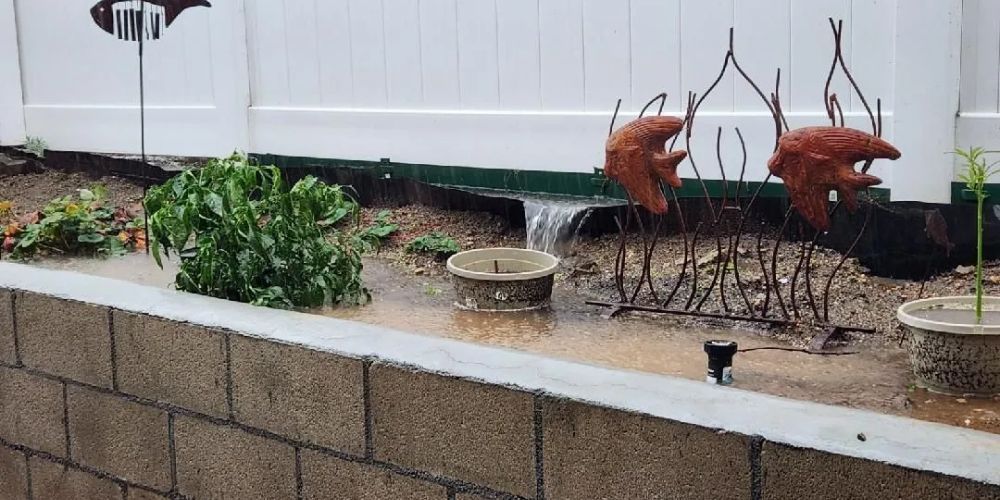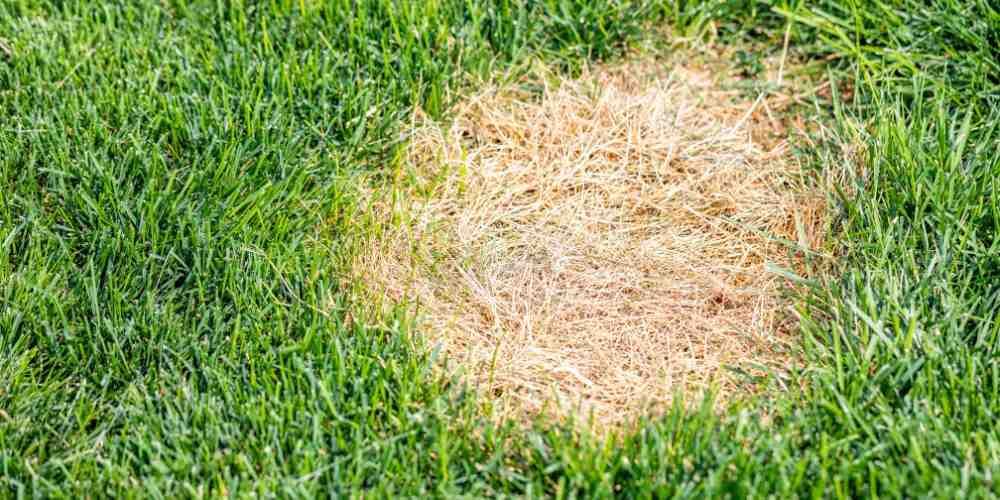Top 10 Tips for a Thriving Winter Landscape
While winter may cause many gardens to rest, it’s the perfect time to give your space some extra attention. A few simple steps can keep your plants protected, your tools in top shape, and your landscape ready for the season. Winterizing your garden requires a little work, but with these tips, you'll create a cozy, healthy outdoor space that will shine during the colder months.
1. Clean Up and Tidy Your Garden
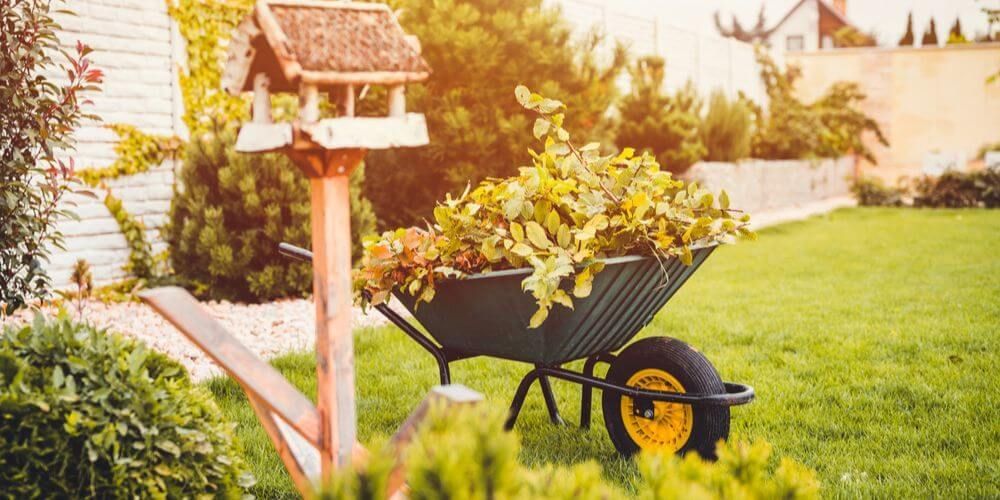
Start by tidying up your garden to prepare it for winter. Remove any spent annuals and trim back any dead plant material. Clean up fallen leaves and old crops to reduce the risk of pests and diseases. Don’t forget to prune your hedges and trees, and rake and compost the leaves.
2. Mulching
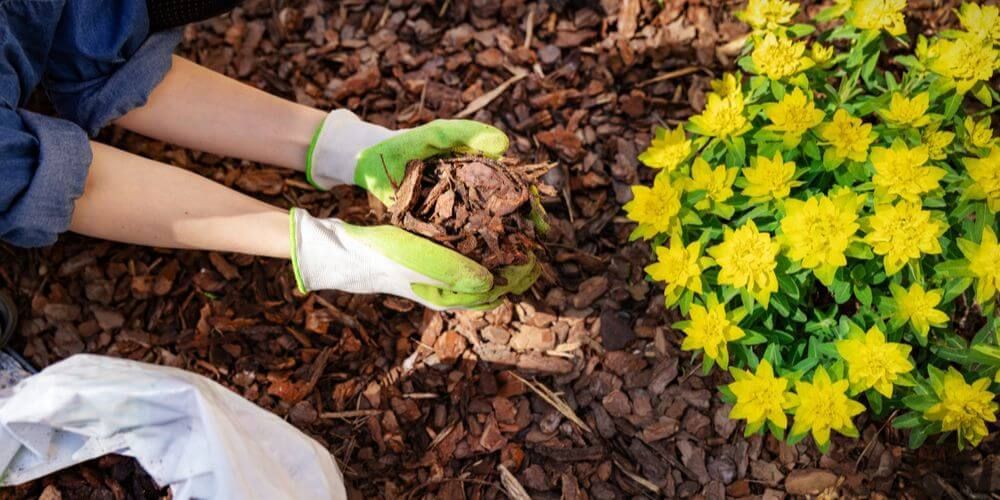
Mulch helps regulate soil temperature by insulating it against the cold, keeping it warmer in winter. Apply a 2-3 inch layer of mulch around your plants to protect their roots from frost. Contrary to popular belief, mulch does not keep plants warm but helps to maintain a consistent soil temperature.
Read More: Fall Tips for a Beautiful Lawn and Landscape
3. Protect Sensitive Plants

While some plants, like English primrose, violas, or camellia, are great fighters against the winter, some others will require some extra care and support. Any potted flowers, tender bulbs, and succulents will need to be brought inside, as a significant drop in temperature can easily shock them, and unfortunately, kill them.
4. Garden Tools Maintenance

When the growing season is on, the gardening tools are off, most likely being left where the work ended. But giving them some extra love will go a long way for you. Clean them all, removing any dirt and debris. Disinfect your pruners (though you should do this after every use) so you can prevent any disease from spreading, and wipe down the blades with an oil-soaked cloth. Sharpen any tool that needs some extra care and treat the wooden tool handles with linseed oil.
5. Lawn Care
No matter what kind of winter you have in your area, some winter garden preparation is always nice. Start moving the lawn a little higher, allowing that extra leaf area to soak more sun. If you can, fertilize the turf, remove weeds, and tackle those small bare spots with simple seeding. And remember to stay off the lawn whenever it is raining, as that will compact the soil.
6. Cover Sensitive Perennials
We believe this is always a no-brainer - if you are establishing any new plants, perennials, or shrubs for example, you have to provide sheltered covering, keeping them away from cold weather, frost, and snowfalls. Just remember to take those coverings off when the frosty weather is gone, so the plants can have enough light and don’t get too warm.
7. Organize Your Garden Shed
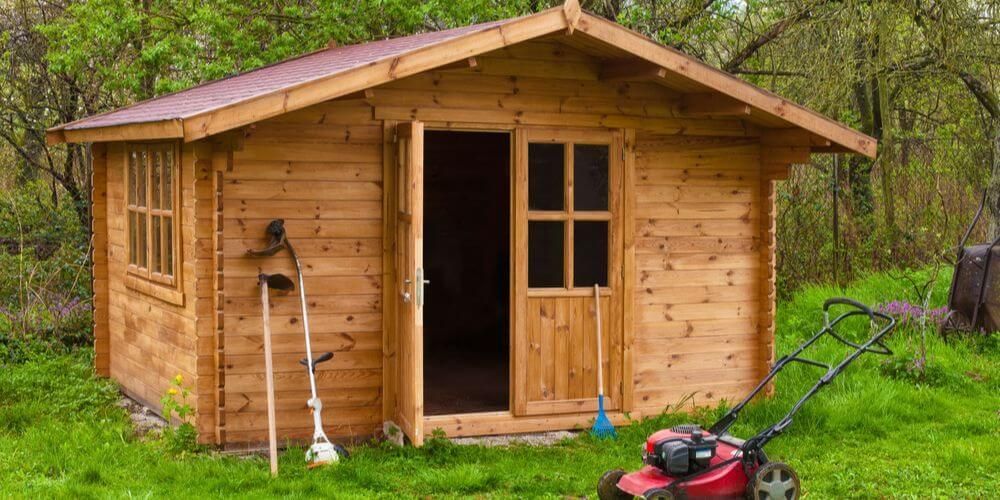
Behind every nice-looking garden, there is a well-organized shed. You want any tools and yard items to be neatly stored, so they can be easily reached and found. Disconnect and drain the hoses, so no water freezes in them during the season, and aim to put any watering cans on a shelf. This will leave the floor space for the lawn mower, long-handled tools, or some outdoor furniture cushions.
8. Plan for Winter Planting
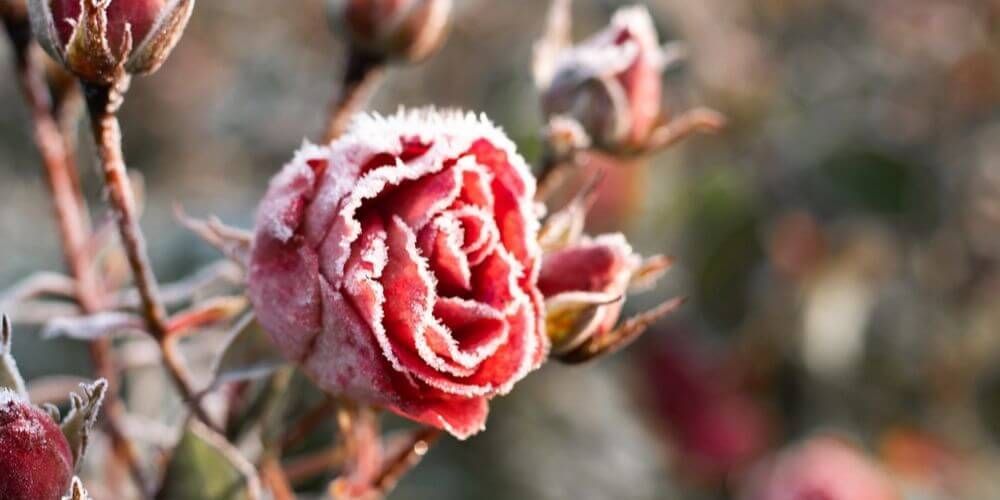
And while you are closing everything around you, preparing for winter, you should already start thinking of what should be planted during the fall and winter. There is a range of vegetables that should be planted in late fall, like garlic for example, that grows in spring and is ready in the summer. Radishes are the same. Raspberries and blackberries are a great representation of the fruit’s world - plant them on time during the fall, and mound their soil to keep them safe from frost heaving.
9. Monitor for Pests and Diseases
When you have a garden of any kind, there is something that you can't really avoid - pests and/or plant diseases. But there are ways you can fight them. Both diseases and pests have certain preferences, so learn what is most likely active in your area. With the correct identification, you will also know when they show up, and what are the signs to recognize their presence. Nevertheless, be mindful that plant diseases can come from neighboring gardens as well, with the help of wind.
10. Be Mindful of Wildlife
For this point, your location will definitely be a key factor. However, putting out additional food outside can be significant for supporting wildlife. To help birds, place fat blocks in wire cages. Provide a container of fresh water at ground level, so both birds and other animals can drink. If you are a fan of bonfires, check them before they are lit, as many sheltering or hibernating animals can hide there. Also, be careful when turning the compost heaps - due to their warmth, they are a great winter resort for toads, frogs, or other animals.
Conclusion
Overall, preparing for winter garden is an important and necessary step to take. However, we recognize that with everything going on in our lives, sometimes it is hard to have time for everything. And that is why we are here. Nature is our inspiration, and we want to make sure you enjoy it with everything that has to offer. From helping you to install mulch layers, and winterizing the irrigation system, to providing you with overall lawn and landscape maintenance, it will be a pleasure to land a hand.
Frequently Asked Questions
1 What month do you start a winter garden?
Ideally, start seeds in late summer, but nursery seedlings transplanted in early fall will do well too.
2 How do you prepare garden soil for next year?
Add organic matter and mulch to the soil to improve its health and structure.
3 Can I reuse garden soil from last year?
While reusing soil can save money, it may need to be revitalized with nutrients, as it could lose fertility over time.
4 Should I leave dead plants in the garden over winter?
Leaving dead plants is fine as long as they don't harbor pests or diseases, and they won't reseed uncontrollably.






